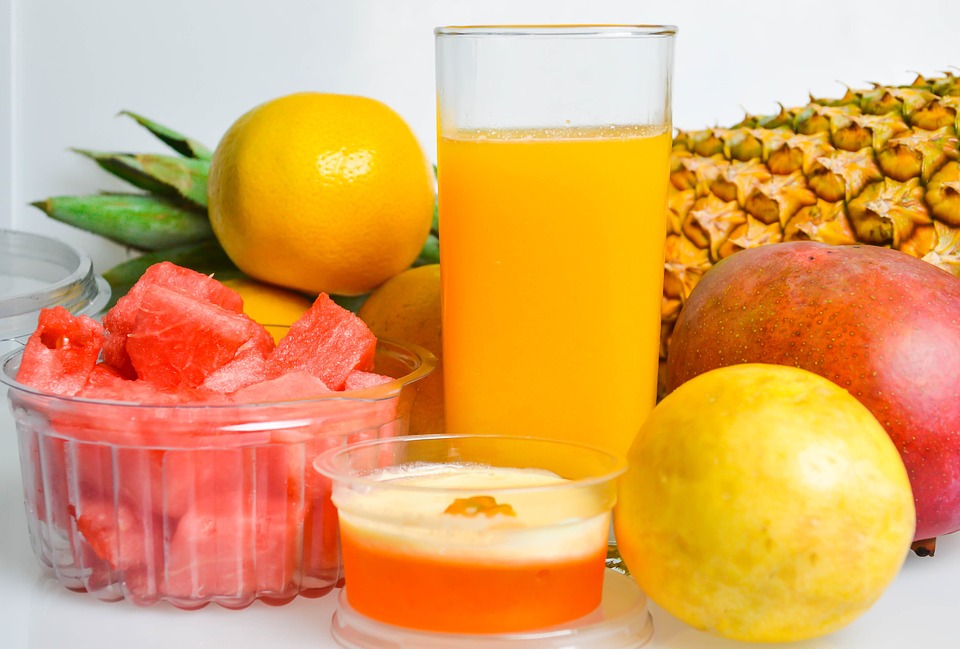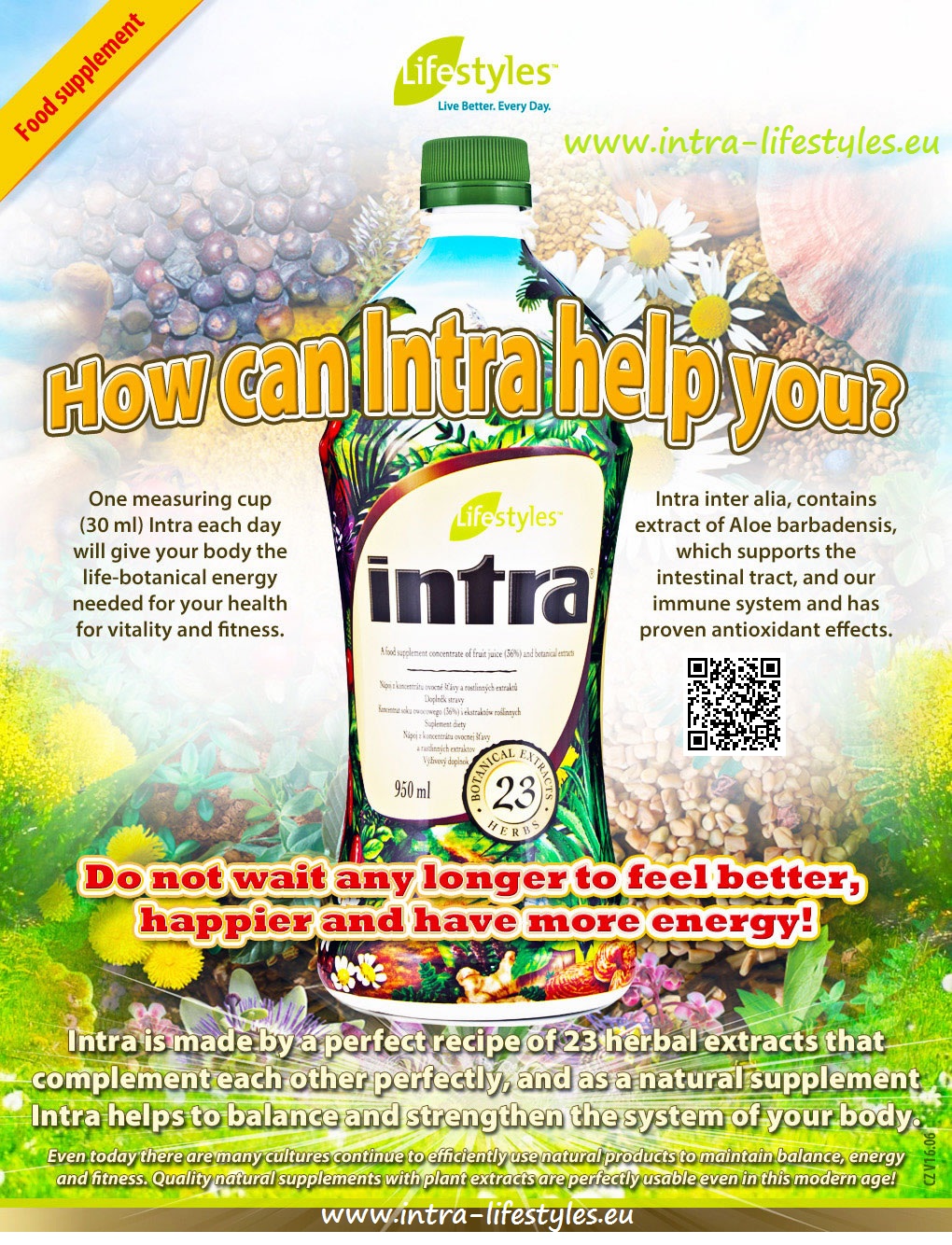It’s possible to suffer from both gout and diabetes at the same time. People with both gout and diabetes are advised to avoid foods that may affect the levels of uric acid and insulin in the body. Therefore, recommended diets for this group focus on lowering both uric acid and blood sugar levels.
Eating Right
1. Avoid purine-rich foods. Since uric acid is produced from the metabolism of purine in the body, it is best to avoid foods that contain purine. Urate crystals accumulate in the joints if uric acid is elevated and this can aggravate joint pain in gout. Also, uric acid elevation can increase insulin resistance which is a condition wherein the body does not respond to the function of insulin.
This can further elevate the blood sugar levels of a person, leading to diabetic symptoms. Purine-rich foods are mackerel, anchovies, organ meats, dried beans, peas, canned goods, instant noodles, wine, and beer.

2. Avoid foods rich in fructose. Foods rich in fructose consume a lot of adenosine triphosphate (or ATP) when metabolized. This ATP is an energy-supplying molecule that the cells in the body use. Over-consumption of ATP leads to its depletion and results in the generation of substances such as lactic acid and uric acid, thereby increasing the levels of uric acid in the blood.
Also, fructose is considered a sugar. Consuming foods rich in fructose can elevate the blood sugar of a person and lead to the occurrence of symptoms.
Foods to avoid are apples, bananas, pears, agave, melons, asparagus, beans, broccoli, cabbage, onion, tomato, peanuts, raisins, figs, carbonated drinks, fruit drinks, ketchup, canned goods, chocolate, pastries, and breakfast cereals.

3. Avoid alcohol. Alcohol interferes with the removal of uric acid from the body. When alcohol is converted to lactic acid, it reduces the amount of uric acid that is eliminated from the body through the kidneys. This is because the lactic acid competes with the uric acid in terms of being removed by the kidneys through urine.
Increased levels of ethanol (alcohol) in the body increase the body’s production of uric acid by increasing the amount of ATP (Adenosine triphosphate) that is converted to AMP (Adenosine monophosphate) – a precursor of uric acid. Also, alcohol can affect the body’s sensitivity to insulin.

4. Eat high-fiber foods. Dietary fiber absorbs uric acid in the bloodstream, allowing it to be eliminated from the body through the kidneys. Also, pectin (which is a type of soluble fiber) lowers cholesterol by absorbing t from the body.
High levels of cholesterol in the body can increase blood pressure and can lead to the occurrence of diabetic symptoms. Include at least one high-fiber food in each major meal or snacks such as pineapple, oats, isabgol, cucumbers, oranges, barley, carrots, and celery. The ideal daily intake is 21 grams.

5. Eat foods rich in anthocyanins. Anthocyanins prevent the crystallization of uric acid and also prevent it from being deposited in the joints. Also, anthocyanins encourage hypoglycemic activity that may help to lower blood sugar. Foods rich in anthocyanins are eggplant, blueberries, cranberries, plums, black currant, grapes, pomegranates, red-fleshed peaches, and cherries.
You should include at least one of these foods in each major meal or snack.

6. Eat foods rich in omega-3 fats. Increasing your intake of omega-3 fatty acids can help reduce insulin resistance (a condition where the body is able to produce insulin but it is not used effectively), thereby reducing the risk or severity of type 2 diabetes. Also, the eicosa pentanoic acid (EPA) in omega-3 fatty acids can reduce the levels of cholesterol and uric acid. The recommended dose for omega-3 fatty acids is not more than 3 grams daily. Foods rich in omega-3 fatty acids are sardines, salmon, soybeans, flax seeds, walnuts, tofu, brussels sprouts, cauliflower, shrimp and winter squash.
Read more about Diabetes: How To Eat When You Have Gout and Diabetes – Part 2
Source: Google.com, www.wikihow.com
Acute Gout Attack
The goal of treatment during an acute gout attack is suppression of inflammation and control of pain. It is important to note, that if a patient is not on uric acid lowering therapy at the time of an acute attack – then this is not the time to initiate such therapy. However, if a patient is on uric acid lowering therapy at the time of an acute attack, it should not be discontinued.
Treatment of pain and inflammation can be achieved with NSAIDs, colchicine, or corticosteroids (systemic or intra-articular). The choice of which treatment is the right one for a particular patient should be made on the basis of the patient’s co-morbid medical conditions, other medications, and side effect profile.
Uric Acid Lowering Therapy
Indications
Patients who have multiple episodes of acute gout attacks per year or who have tophi on exam are candidates for uric acid lowering therapy. Use of uric acid lowering agents will reduce the frequency of gout attacks and over time, reduce tophi formation, and diminish the risk of joint destruction. The following are indications for uric acid lowering therapy:
- tophi or chronic arthritis on exam
- failure of colchicine prophylaxis of acute gouty arthritis
- renal stones
- Prior to chemotherapy as prophylaxis of tumor lysis syndrome
- Extremely high levels of serum uric acid (>12 mg/dl)
Uric acid is the end product of purine (nucleic acid component of DNA) metabolism and is produced normally by the body during tissue remodeling and breakdown. About 20% of uric acid is derived from purines ingested in food. Causes of hyperuricemia can be divided into two major categories: decreased clearance of uric acid from the kidney and increased synthesis of uric acid.
Decreased renal clearance – (90% of patients)
- Intrinsic kidney disease
- heart disease causing decreased blood flow to the kidney
- drugs (loop diuretics, low dose aspirin, cyclosporin)
- genetic predisposition
- age related decrease in glomerulofiltration rate
Increased uric acid synthesis
- Dietary indiscretions
- Genetic predisposition
- Increased tissue turnover–tumors, lymphoproliferative disorders
- Stress induced increased turnover of ATP
- Alcohol induced turnover of ATP
All patients should be encouraged to modify their lifestyle including limiting alcohol intake, encouraging weight loss where appropriate and decreasing food rich in purines. Co-morbid medical conditions should also be controlled including hypertension, diabetes and hyperlipidemia.
Foods High in Purines
- Very High – Hearts, herring , mussels, yeast , smelt, sardines, sweetbreads
- Moderately High – Anchovies, grouse,mutton, veal, bacon, liver salmon, turkey, kidneys, partridge, trout, goose, haddock, pheasant, scallops
Source: https://www.hopkinsarthritis.org/arthritis-info/gout/gout-treatment/
Treatment of gout
In an acute attack of gout, drugs against pain and inflammation of the joints, so-called non-steroidal anti-inflammatory drugs, are used in relatively high, anti-inflammatory, doses. In addition, the doctor often prescribes the drug colchicine, which reduces the formation of uric acid crystals and reduces the inflammatory reaction to these crystals in the tissues. The drug allopurinol is then most often used in the long term. It lowers the level of uric acid, thereby helping to reduce the frequency of gout attacks, promotes the dissolution of already formed uric acid crystals and prevents their re-emergence. All gout medications are subject to a doctor's prescription.
You can also support the treatment yourself with a suitable diet and some dietary supplements. Vitamin C and other antioxidants are especially recommended. Pay special attention to the intake of vitamin D, omega-3 fatty acids and vitamin B12. It is possible that you suffer from their deficiency, especially if you follow a strict gout diet. To protect, nourish and regenerate joints, you can also use so-called chondroprotectives containing glucosamine and chondroitin. We can find them in over-the-counter medicines and in food supplements, in so-called joint nutrition. A suitable supplement is also collagen and again vitamin C, which contributes to the normal formation of collagen for normal cartilage function.








 The carrot is a popular root vegetable. It is extremely tasty and crunchy and loaded with nutrients like fiber and vitamin K. Carrots are also very high in carotene antioxidants, which have numerous benefits.
The carrot is a popular root vegetable. It is extremely tasty and crunchy and loaded with nutrients like fiber and vitamin K. Carrots are also very high in carotene antioxidants, which have numerous benefits.

